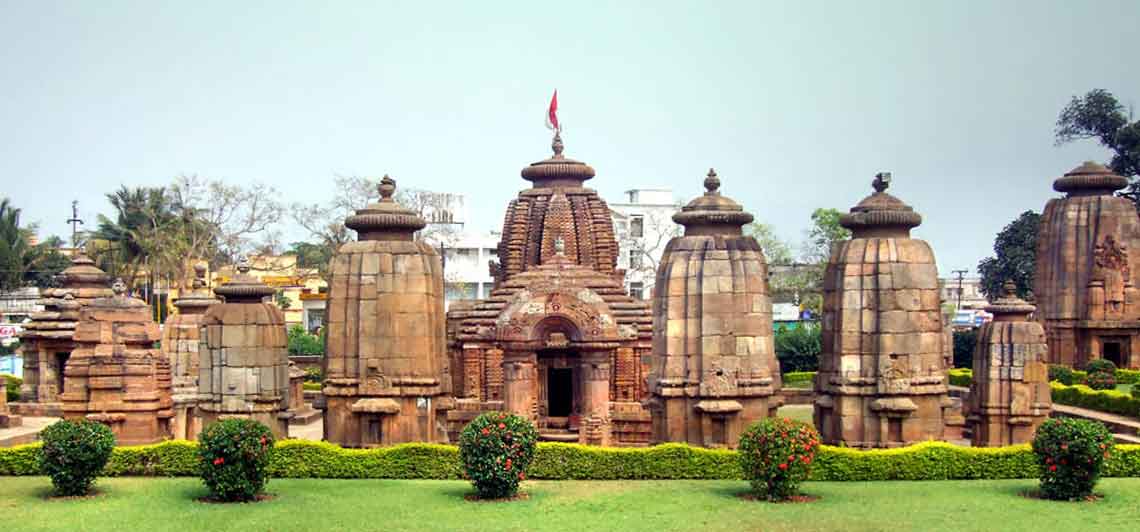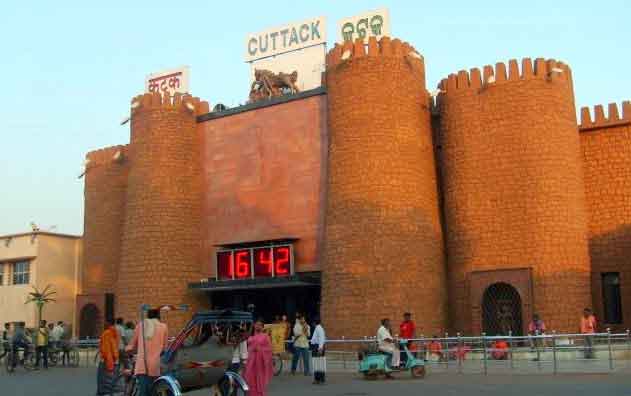
Bhubaneswar is the Capital and largest city of the Odisha. Bhubaneswar is also called as the “Temple City” – a nickname earned because of the 700 temples which once stood here. It still boasts of a cluster of magnificent temples, constituting virtually a complete record of Kalinga architecture almost from its nascence to its culmination. With the diverse ranges of heritage resources, it showcases significant sacred cultural landscape components which have evolved with the support of available natural resource base and cultural trigger.
Although the modern city of Bhubaneswar was formally established in 1948, the history of the areas in and around the present-day city can be traced to the 7th century BCE and earlier. It is a confluence of Hindu, Buddhist and Jain heritage and includes several Kalingan temples. With many 6th-13th century CE Hindu temples, which span the entire spectrum of Kalinga architecture, Bhubaneswar is often referred to as a "Temple City of India". With Puri and Konark it forms the 'Swarna Tribhuja' ("Golden Triangle"), one of eastern India's most visited destinations.
Bhubaneswar replaced Cuttack as the capital on 19 August 1949, 2 years after India gained its independence from Britain. The modern city was designed by the German architect Otto Königsberger in 1946. Along with Jamshedpur and Chandigarh, it was one of modern India's first planned cities. Bhubaneswar and Cuttack are often referred to as the 'twin cities of Odisha'. The metropolitan area formed by the two cities had a population of 1.7 million in 2011. Bhubaneswar and Rourkela are the only cities in smart city mission from Odisha.

Cuttack is the former capital and the second largest city of Odisha. It is the headquarters of the Cuttack district. The name of the city is an anglicised form of Kataka which literally means The Fort, a reference to the ancient Barabati Fort around which the city initially developed. Cuttack is known as the Millennium City as well as the Silver City due to its history of 1000 years and famous silver filigree works. It is considered as the judicial capital of Odisha as the Orissa High Court is located here. It is the commercial capital of Odisha which hosts many trading and business houses in and around the city. Cuttack is famous for its Durga puja which is one of the most important festival of Odisha. Cuttack is also the birthplace of Netaji Subhas Chandra Bose. The city is categorised as a Tier-II city as per the ranking system used by Government of India.
The old and the most important part of the city is centred on a strip of land between the Kathajodi River and the Mahanadi River, bounded on the south-east by Old Jagannath Road The city, being a part of the Cuttack Municipal Corporation consisting of 59 wards. Cuttack stretches from Phulnakhara across the Kathajodi in the south to Choudwar in north across the Birupa River, while in the east it begins at Kandarpur and runs west as far as Naraj. Four rivers including Mahanadi and its distributaries Kathajodi, Kuakhai, Birupa run through the city. Further Kathajodi is distributed into Devi and Biluakhai which often makes the geographical area look like fibrous roots.
Cuttack and Bhubaneswar are often referred to as the Twin-Cities of Odisha. Cuttack, an unplanned city, is characterized by a maze of streets, lanes and by-lanes which have given it the nickname of a city with Bauna Bazaar, Tepana Galee and i.e. 52 markets and 53 streets.